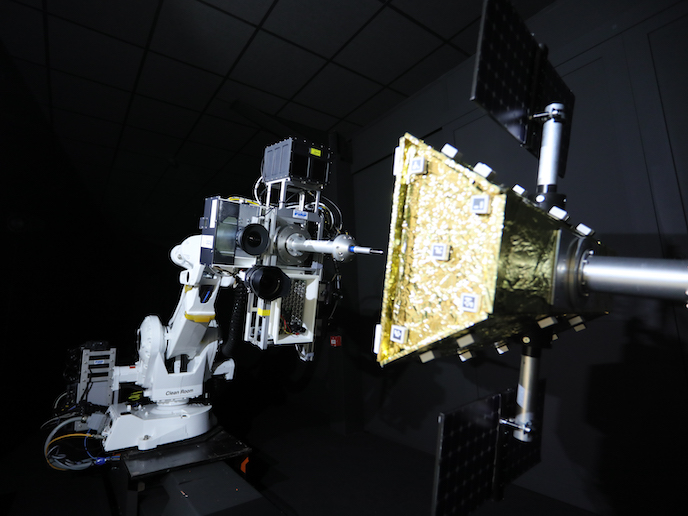Detecting Mars’ ancient life forms is possible although more difficult than first thought, research finds
It is a common mistake to associate life with the presence of oxygen. If we go by that principle, and knowing that there is no oxygen in Mars’ atmosphere, we could easily conclude that Mars is not suitable for hosting life. A few organisms on Earth, however, have proved that life can exist without oxygen. Some of these life forms, called anaerobic microorganisms, actually stand out through their capacity to survive in extreme environments comparable to those found on Mars. The question at the heart of the MASE (Mars Analogues for Space Exploration) project was, did such anaerobic microorganisms ever exist on Mars, and if so, how could we detect them even after they died and fossilised? “We know that the planet used to host much more liquid than it does today and that water has been on its surface long enough to support life. Now, we have to find out whether there were any life forms to take advantage of this, or whether there were any particular barriers to life that may have affected the ability of the planet to support life,” says Charles Cockell, Professor of Astrobiology at the University of Edinburgh and coordinator of MASE. To do that, the project team went to several places on Earth where anaerobic life forms can be found, including Rio Tinto in Spain, Iceland, and deep underground environments. They collected samples and brought them to the lab to test their ability to tolerate different types of extremes. “We wanted to test the limits of life in the presence of oxidants, perchlorates, and other chemicals and conditions that are quite unusual on Earth but really define the conditions on the surface of Mars,” Prof. Cockell explains. “But beyond that, we also tried to understand how fossilised organisms are preserved under these conditions, which was a long-standing knowledge gap.” Two main methods were used by the team. One uses antibodies to detect life in rocks and fossilised environments, while the other uses a new type of laser-induced breakdown spectrometer where laser is fired at samples to give off all the elements they include. “For example, we took permafrost samples and radiated them before looking at whether we could detect signatures of life in those rocks after they’d been processed in Mars-like conditions. We were able to show that our new instrument could detect biosignatures in these ancient permafrost samples,” says Prof. Cockell. The outcomes of these experiments offered a wealth of learning opportunities. First, the team could identify a core set of anaerobic microbes that can be found regardless of the environment, which means that there is some kind of ‘core set of capabilities’ necessary to survive in extreme environments that could potentially be the same on Mars. Then, the team could show how microbes can use the same adaptation mechanisms to live on Mars as they would on Earth. Finally, they assembled new data showing how anaerobic microbes fossilise under anaerobic conditions, and how this fossilisation process might influence the ability to find these microbes. “We actually found that the remains of anaerobic microbes can be detected. But what was particularly interesting was that as these organisms fossilise, their biosignatures can disappear within minerals, making it much more difficult to find them. Whilst our work allows for chasing microbes, we now know that it’s a lot more complicated than we previously thought,” Prof. Cockell explains. Whilst the project research wasn’t targeting a specific mission, Prof. Cockell says that future missions like Exomars, Mars 2020 and even future human explorations of the planet could benefit from the data gathered under MASE.







